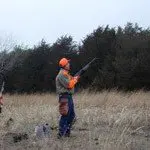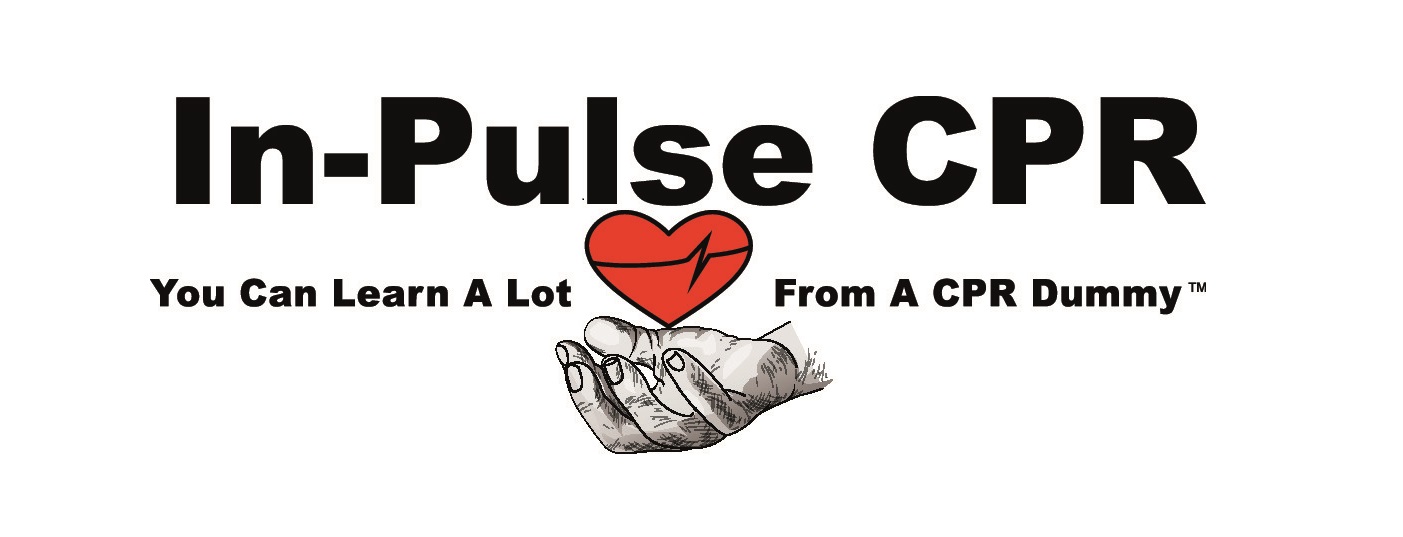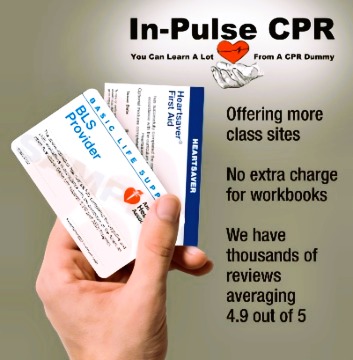First Aid safety tips for the Outdoorsman
written by Nupur Agarwal
Five fishermen departed Mexico’s Pacific Coast fishing village of San Blas on an early morning of November 2005 on a routine shark fishing trip in their 25-foot, two-engine boat. The boat was rudimentary and the men weren’t particular about navigation rules either. The group neither brought a radio nor a cell phone onto the vessel that to call home. It was on this trip that both the boat’s engine broke down and the men were left stranded on the middle of the ocean. With no emergency flairs or communication equipment, it was a nightmare come true. Two men, who refused to eat raw fish and bird meat, died of hunger. The remaining three men did not give up hope. They covered themselves with blanket to avoid severe sunburns and collected rainwater to drink. They were finally rescued by a Japanese trailer after nine long months. The men displayed resilience and presence of mind when it mattered the most. However, two men lost their lives when it all could have been avoided by taking on board simple safety equipment. In a world that is so technically advanced, loss of life in such a manner is shameful.
The idea of having outdoor professional jobs may seem fun to an adrenaline junkie but it comes tagged with perils. Here we discuss safety precautions that can be taken to avoid any mishap.
Make sure that you check all your equipment before venturing outdoors. Be it a gun, communication system, boats engines; it’s better to invest some time doing precautionary checks than regretting later.
Whether you hike, ride, hunt or fish, it is advisable to go with at least one partner. Together, you and your partner can watch out for one another. If either of you should have an accident, the other can assist the injured party or go get help. Without a partner, you’re left on your own. It’s even more important if you are operating in unfamiliar territory. Something as simple as a twisted ankle can quickly become a life-threatening situation under the right set of circumstances. In case you like solitude, let someone know where you will be going. You should also establish a time when you’ll touch base with that person to let him or her know you’re fine. . If you suffer an injury, you don’t want the added dangers of being caught outside without anyone knowing where you are.
Make sure that you wear bright clothing, making you more visible. When hunting, always wear blaze orange — also known as hunter orange. Ideally, you should wear an orange vest or jacket as well as a hat. You might not be the only one hunting and can otherwise be mistaken for game. When fishing, such clothing can help people spot you if you call for help.
Dress appropriately and be prepared for any sudden changes in the weather. In winters, dress warmly in easy-to-remove layers to avoid exposure and hypothermia.
It is advisable to enroll yourself in a safety course specifically pertaining to your profession/ sport. In the United States, some states require hunters take a safety course before they can apply for a hunting license. CPR and first aid training cuts across all outdoor activities.
******************************************************
Visit inpulsecpr.com.com to enroll in a first aid and cpr class today
******************************************************
Start early so you can take your time. Leave yourself enough time to get back to base before it is dark.
Carrying a first aid kit helps safe a life before proper medical attention can be provided to the injured. Remember that Unless the injury is minor or superficial, come out and seek professional medical aid immediately. Make sure that this kit is kept at an easily accessible place. You should know how to stop bleeding, prevent shock , prevent infection and bandage a wound. Learn how to identify the symptoms of heat exhaustion, heat stroke, hypothermia, and dehydration, and know how to treat them.
You surely don’t want to be stuck in a bad weather. Keep an eye on current and predicted weather conditions. On average, the United States gets 100,000 thunderstorms each year. These are most likely to occur in the central and southern states. With growing heat and humidity, thunderstorms and lightning pose a serious danger. Some thunderstorms can be seen approaching, while others hit without warning. Some danger signs include dark, towering, or threatening clouds and distant lightning and thunder. If caught in such a situation, avoid natural lightning rods such as tall, isolated trees in an open area or the top of a hill and metal objects such as wire fences, golf clubs and metal tools. Know the signs for approaching storms or changing weather conditions.
However we cannot control the forces of nature. In case you may lose your bearings and be forced to spend the night unexpectedly. Daypack of a hunter should include a map, compass, knife, flashlight, fire starter with matches, a first-aid kit and plenty of extra food and water. A cell phone is indispensible in an emergency. A satellite phone will do well for someone struck by even raging waters. A fisherman should also take care to wear a life saving jacket at all time
kit and plenty of extra food and water. A cell phone is indispensible in an emergency. A satellite phone will do well for someone struck by even raging waters. A fisherman should also take care to wear a life saving jacket at all time
While the sun is welcome change from cold, dark wintry weather, it can also be dangerous.
Skin burn and skin cancer are serious dangers to look out for during the summer. Stay out of the sun during some hours and properly protect your skin with to guard against skin cancer.
Also beware of heat exhaustion when the weather is particularly hot. In times like this, drink lots of fluid. However, people who have epilepsy or heart, kidney, or liver disease; are on fluid-restrictive diets; or have a problem with fluid retention should consult a doctor before increasing liquid intake.
Also something very important to remember is that none of these outdoor activities should be mixed with alcohol. It can result in serious injuries because of impaired judgment.
Before you flaunt these basic safety rules, always remember that there is a loved one waiting back home.




